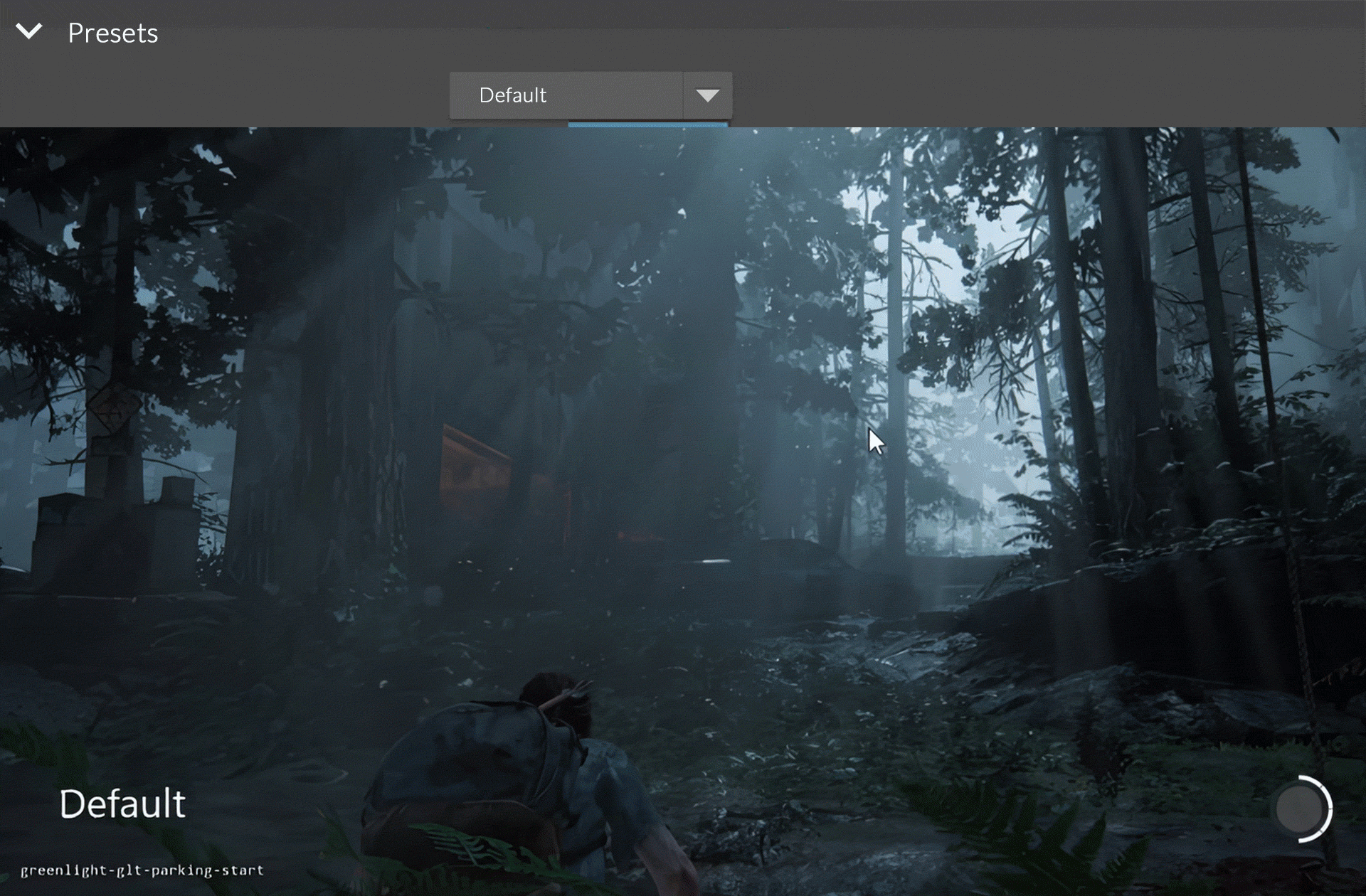We're always optimizing. Believing one should always clean as they go, whether coding or making art, that chef-in-the-kitchen mentality permeates everything we do. As a result, we've accumulated a great body of technical work over the years from tool writing to full-blown apps, using little increments of our spare time, that add up. Also, programming is fun! While it's a lot of work and for every line of code, there's three that need to be written to support it, the benefits are way beyond worth it. How can we possibly live without it?
The key to efficiency lies in breaking a task into steps, analyzing each one, counting them, and finding ways to consolidate. The goal? Reducing it to just one. Think about it—if a process takes 100 steps and must be repeated 50 times, that's 5,000 steps. Now, if each step takes a minute, you’re looking at nearly an hour for completion, and over two weeks to finish the final result. But if you streamline it into a single step, it drastically cuts down iteration, turning hours into seconds. That’s the power of tools and a well-designed system. This is why we rely on them so much. At that point, creatives can focus on art and leave the rest to the machine.
In the sections below, you'll get a glimpse into processes we've developed over the years, from professional to indie projects, all focused on achieving maximum quality with minimal effort.
